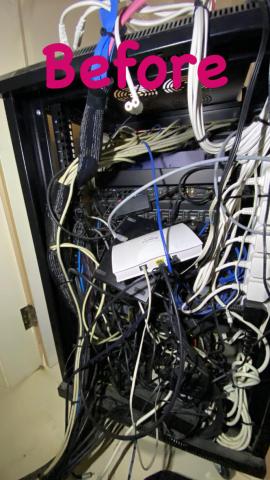
Why Do So Many Smart Home Systems Fail?
The Lack of Industry Standards
Unlike traditional home trades like electrical, plumbing, or security, smart home technology is largely unregulated. There are no official qualifications, standardised practices, or governing bodies enforcing best practices.
This means that anyone can claim to be a “home technology expert” without formal training, experience, or accountability. Many smart home installers enter the market, take on complex projects, and then struggle with the reality of integrating multiple systems.
We’ve seen countless projects where homeowners paid six figures for an installation that was built with poor infrastructure, outdated networking, and no proper documentation. When things start failing, the original installer either disappears or blames the technology—leaving homeowners with an expensive mess to fix.
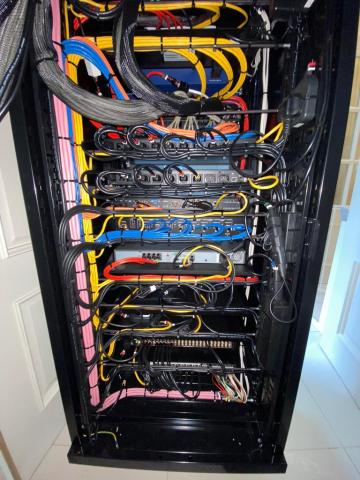
Smart Home Integration is the Most Complex Trade
Unlike a lighting specialist who only deals with lights, or an electrician who installs wiring, a smart home integrator must have a deep understanding of multiple fields:
- Electrical and lighting control
- Networking and Wi-Fi infrastructure
- Home cinema and multi-room AV
- Security and CCTV
- Heating and climate automation
- Motorised shading
- Custom system programming
- General construction and finishing
No other trade interacts with so many parts of the home. Without the proper knowledge, these systems don’t work well together, leading to reliability issues, performance failures, and a frustrating user experience.
Abandoned Systems and Poor Support
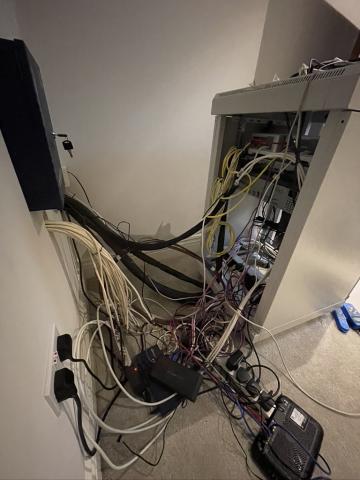
We get calls almost every day from homeowners facing the same issues:
- Their installer has stopped answering calls or has gone out of business. CLICK TO WATCH THIS VIDEO
- The AV system doesn’t sync properly, with constant glitches and dropouts.
- Wi-Fi is slow or inconsistent, even in a high-end home.
- They are continually being charged for “repairs” that don’t actually fix anything. WATCH THIS VIDEO
Technology isn’t perfect—even the best-engineered systems need maintenance. But if your system was poorly designed from the start, these problems will never go away until it’s rebuilt to a higher standard.
How We Rescue and Take Over Failing Systems
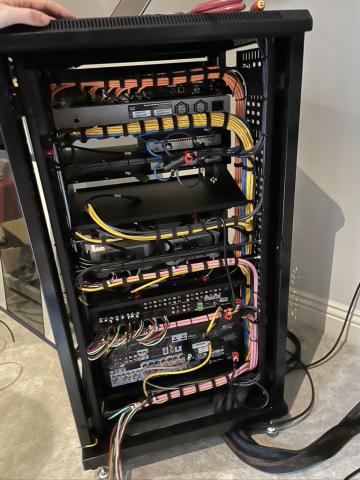
We’ve worked on dozens of failed installations and have a systematic process to assess, document, and re-engineer systems that don’t work as they should.
Step 1: The Walk Test – Understanding Your System
Before we do anything, we need to fully understand what’s in place and how it behaves.
- We walk through your property and test everything as a user would.
- We document every issue, noting how the system reacts under normal conditions.
- We don’t touch programming, cabling, or equipment at this stage—this is a fact-finding step to get a true picture of what’s working and what isn’t.
- We speak with you to understand your frustrations, because many smart home issues are intermittent and may not always be visible.
Cost: £3,000+VAT (for a 5,000 sq ft home, requiring two engineers for two days).
Step 2: The Report – Identifying the Problems
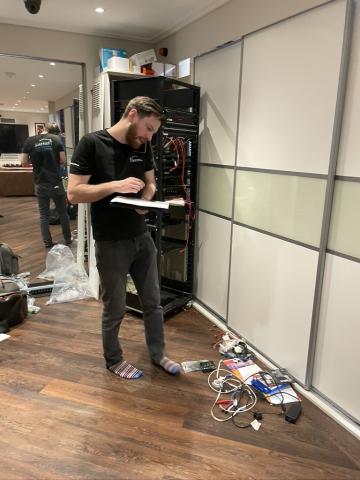
Once testing is complete, we produce a detailed engineering report outlining:
- Critical failures and why they happened.
- What can be fixed and what needs replacing.
- Estimated costs for remedial work.
Most failing systems suffer from the same core issues:
- Unlabelled and chaotic cabling in equipment racks.
- Unpatched software and firmware causing instability.
- Poor networking infrastructure leading to dropouts.
- Bad programming resulting in confusing or unreliable controls.
Cost: £750+VAT (one full day of engineering work to compile and document findings).
Step 3: The Rescue Work – Fixing the System
With the assessment complete, we discuss the next steps with you.
- For some systems, minor reprogramming and fixes are enough to restore stability.
- In more severe cases, core infrastructure needs to be replaced or reconfigured.
- Messy equipment racks often need to be rebuilt, with cabling properly labelled and routed.
Typical Cost: 20–80% of the original system cost, depending on the level of failure.
Step 4: Ongoing Support & Maintenance
Once your system is working as it should, we onboard you into our Concierge Support Plan, ensuring you never have to deal with these issues again.
- Proactive monitoring to detect issues before they cause problems.
- Unlimited remote support to fix minor issues quickly.
- Priority in-home response within one to two days.
Cost: £1,500+VAT (one day of work to integrate your system into our support structure).
Why 1install?
We don’t offer cheap, quick fixes. We take on projects that need to be done properly.
If you want a permanently reliable system, you need a company that:
- Understands large, high-end homes and complex smart technology.
- Has a track record of taking over failed installations and making them work.
- Charges properly for quality work—because cheap is expensive in the long run.
How Much Will It Cost?
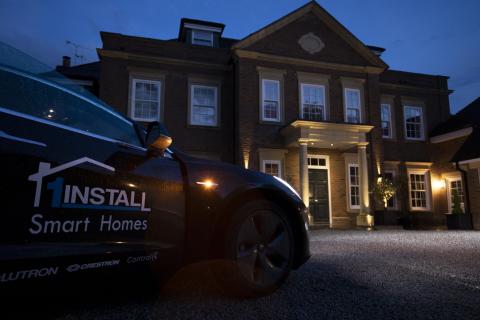
For a typical 5,000 sq ft home:
- Walk Test & Assessment: £3,000+VAT
- System Report: £750+VAT
- Rescue Work: Typically 20–80% of the original system cost
- Onboarding into Support Plan: £1,500+VAT
If you’re ready to stop dealing with unreliable technology and finally get the system you paid for, get in touch today.
